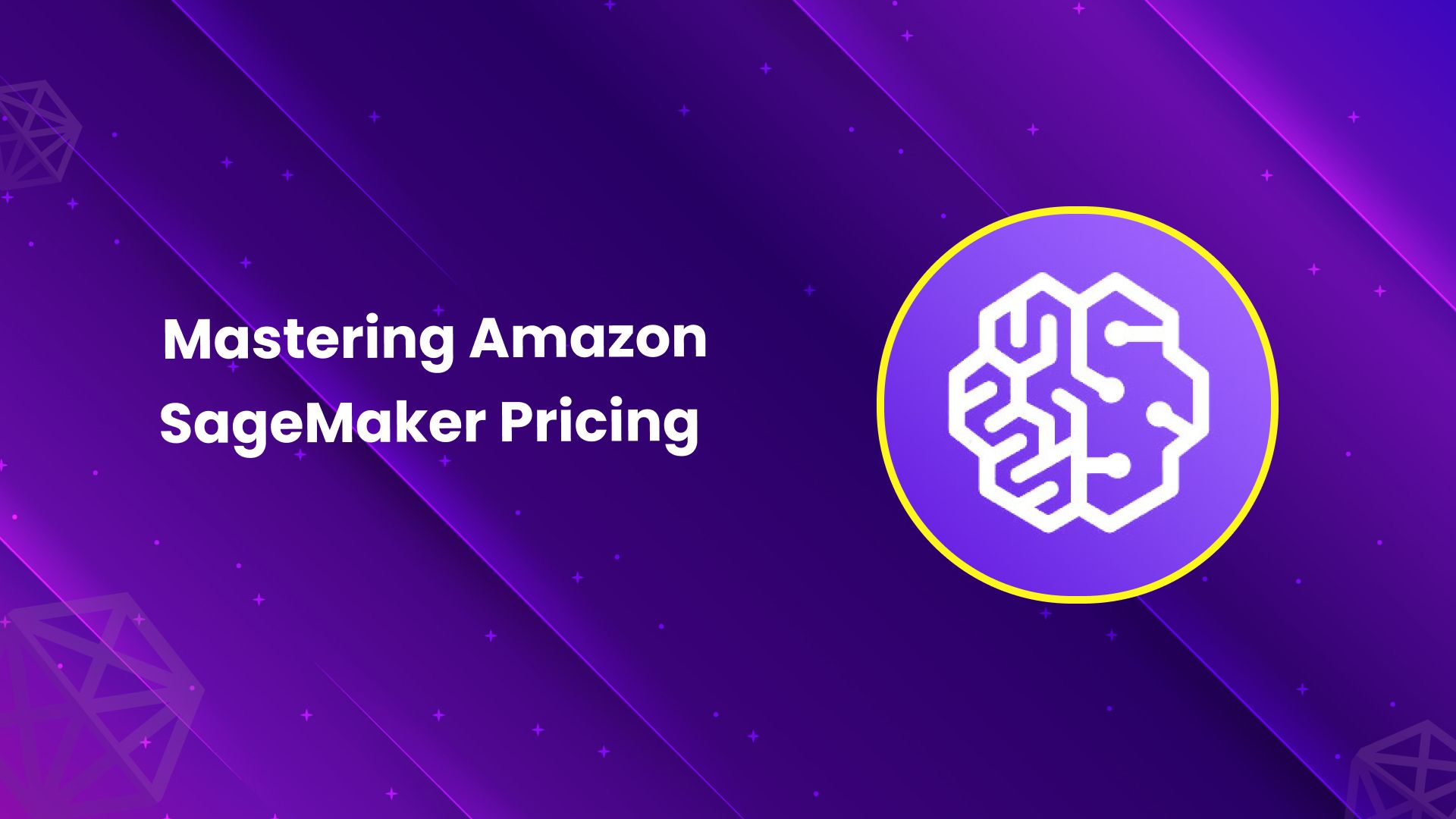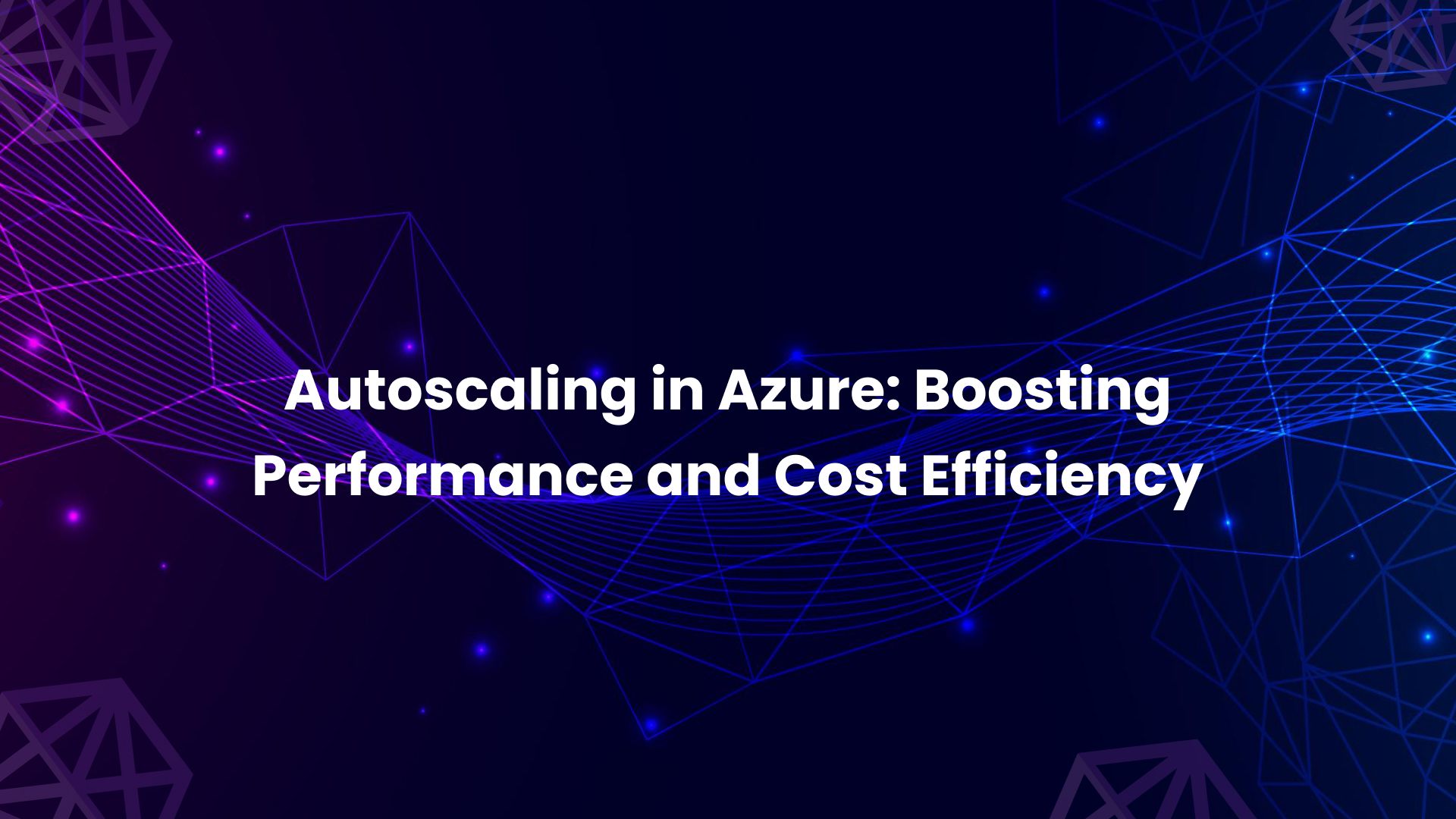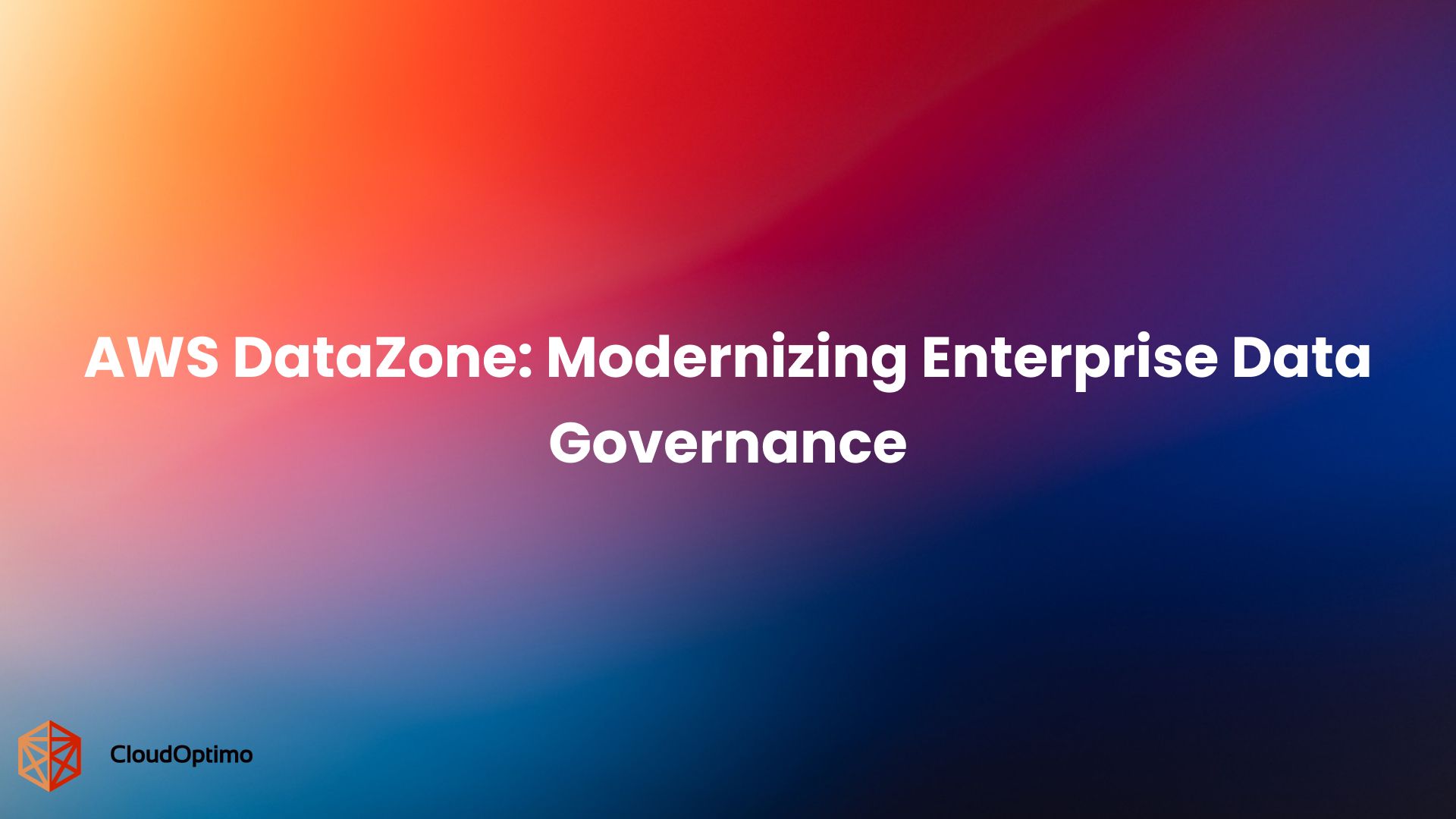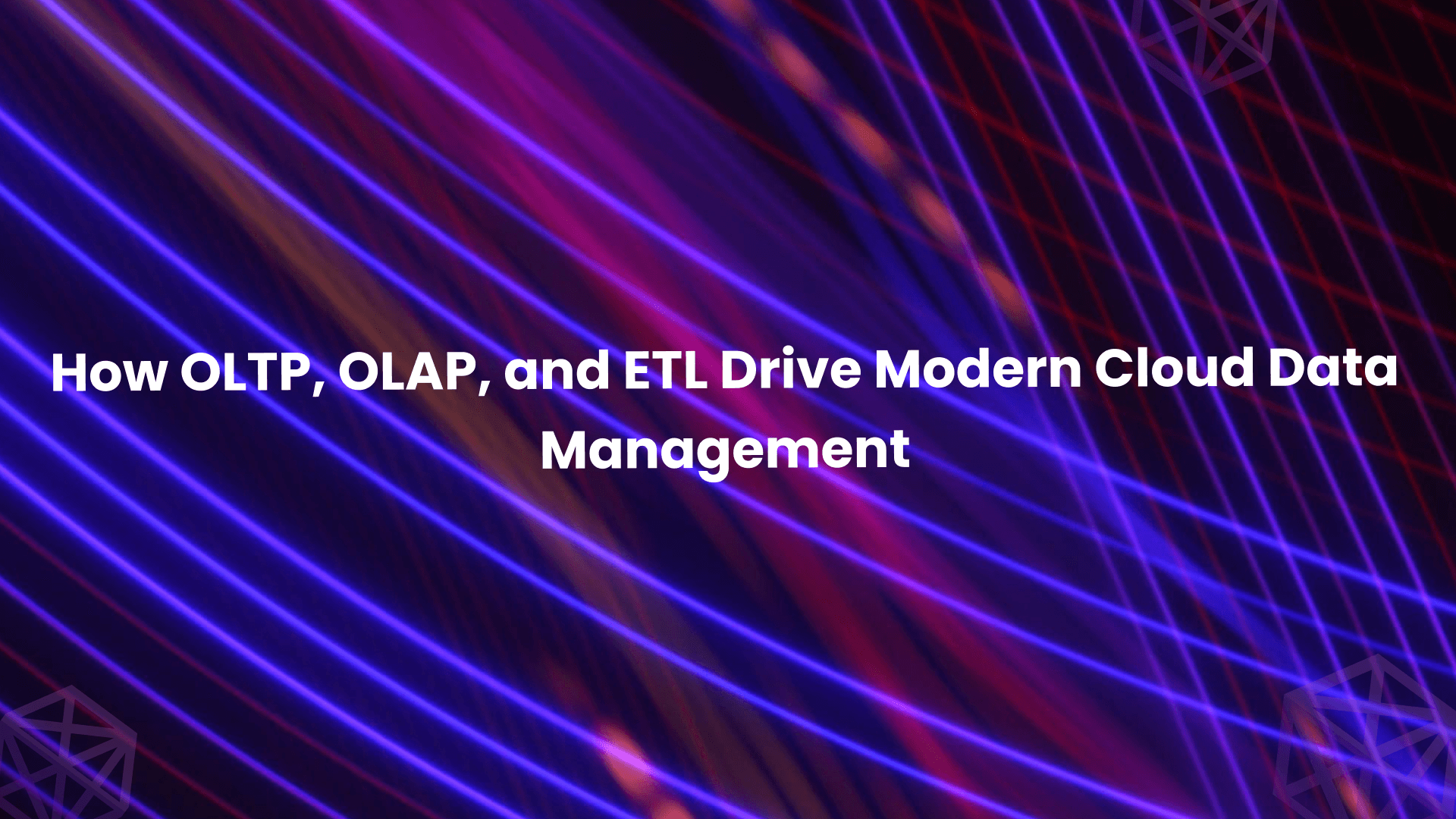As businesses increasingly adopt cloud computing, understanding the Total Cost of Ownership (TCO) becomes essential for making informed decisions. TCO goes beyond the initial cost of cloud services, encompassing all expenses related to acquiring, deploying, operating, and maintaining cloud-based systems throughout their lifecycle. This includes initial setup, ongoing operational costs, management, scaling, and potential exit expenses. This article explores TCO in cloud computing, breaking down its components, the factors that influence it, and providing a practical approach to calculation.
Defining Total Cost of Ownership (TCO)
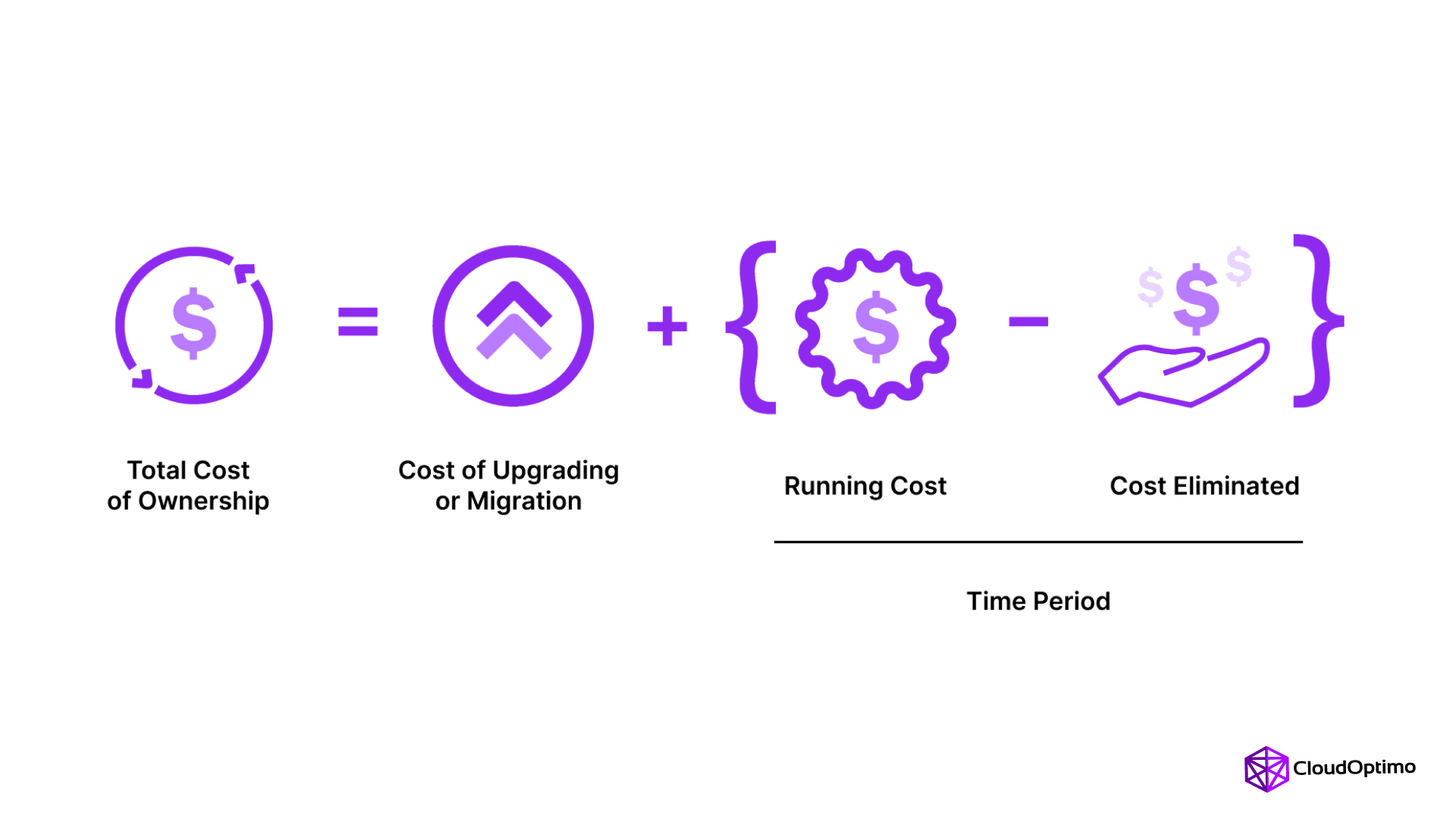
Total Cost of Ownership (TCO) refers to the total cost of acquiring, deploying, operating, and maintaining a solution or asset over its useful life. In the context of cloud computing, TCO calculation includes various components such as:
- Initial Costs: Upfront expenses related to migration, setup, and integration.
- Operational Costs: Ongoing expenses like compute resources, storage, and data transfer.
- Management Costs: Costs associated with monitoring, maintenance, and support.
- Scaling Costs: Expenses incurred when scaling resources up or down based on demand.
- Exit Costs: Costs involved in transitioning away from a cloud provider or platform.
The Economics of Cloud Computing
Cloud computing offers several economic advantages over traditional on-premises infrastructure:
- Elasticity and Scalability: Cloud services allow businesses to scale resources dynamically, aligning expenditure with actual usage.
- OpEx vs. CapEx: Cloud shifts IT spending from capital expenses (CapEx) to operational expenses (OpEx), potentially reducing upfront costs.
- Resource Efficiency: Pay-as-you-go models minimize waste by charging only for resources consumed.
Factors Influencing TCO in Cloud Computing
1. Service Models: IaaS, PaaS, SaaS
Different cloud service models impact TCO differently:
- Infrastructure as a Service (IaaS): Provides raw computing infrastructure (e.g., virtual machines, storage).
- Platform as a Service (PaaS): Offers a platform for application development and deployment.
- Software as a Service (SaaS): Delivers software applications over the internet.
Each model affects TCO based on the degree of management responsibility transferred to the cloud provider.
2. Deployment Models: Public, Private, Hybrid
To better understand how Total Cost of Ownership (TCO) varies across different cloud deployment models, let’s examine a comparative table. This table highlights the differences in TCO for Public Cloud, Private Cloud, and Hybrid Cloud models, taking into account factors such as infrastructure management, security requirements, and integration complexity.
| Category | Hardware | Software | Personnel | Facility | Maintenance | Depreciation | Total TCO |
On-Premises | Purchase | Licenses | IT Staff | Data Center | Upgrades, Backups | Hardware & Software | High initial, ongoing operational costs |
Public Cloud | N/A | Licenses (may be included) | Minimal IT staff | N/A | Minimal | N/A | Lower initial, predictable monthly costs |
Private Cloud | Purchase | Licenses | IT Staff | Data Center | Upgrades, Backups | Hardware & Software | Moderate initial, ongoing operational costs |
- Public Cloud: Shared infrastructure managed by a third-party provider.
- Private Cloud: Dedicated infrastructure managed either internally or by a third party for exclusive use.
- Hybrid Cloud: Combination of public and private cloud models.
TCO varies based on factors such as security requirements, compliance needs, and integration complexity across these deployment models.
Calculating TCO: A Practical Approach
To accurately assess TCO in cloud computing, organizations typically consider the following steps:
- Identify Costs: Gather data on all relevant expenses, including hardware, software, personnel, and ongoing operational costs.
- Estimate Usage: Predict resource consumption patterns to forecast cloud service usage accurately.
- Compare Options: Evaluate multiple cloud providers or deployment models to find the most cost-effective solution.
- Factor in Intangibles: Consider non-financial factors like vendor reputation, service-level agreements (SLAs), and compliance requirements.
TCO Checklist:
To comprehensively evaluate the Total Cost of Ownership (TCO) for different IT deployment options, consider the following framework. This checklist will help you systematically assess and compare costs, ensuring you account for all relevant factors. Keep in mind that the specifics may vary based on your organization's unique requirements and the nature of the IT solution.
Cost Identification:
- Hardware:
- Servers
- Storage systems
- Network equipment
- Peripherals (printers, scanners, etc.)
- Software:
- Operating systems
- Applications and tools
- Databases
- Security software and services
- Personnel:
- IT staff salaries and benefits
- Training and professional development
- Facilities:
- Data center space or colocation costs
- Power and cooling requirements
- Physical security measures
- Maintenance:
- Hardware repairs and replacements
- Software updates, patches, and upgrades
- System backups and disaster recovery solutions
- Licensing:
- Software licenses and subscription fees
- Hardware maintenance contracts
- Other:
- IT consulting and advisory services
- Cloud service fees (if applicable)
- Energy costs
- Real estate taxes (for on-premises solutions)
Cost Quantification:
- Determine the cost of each item identified in step 1.
- Consider both capital expenditures (CapEx) and operating expenditures (OpEx).
- Factor in depreciation schedules for hardware and software assets.
- Account for licensing fees, maintenance contracts, and subscription costs.
TCO Calculation:
- Sum up all costs for each deployment option (on-premises, public cloud, private cloud, or hybrid).
- Consider the time horizon for the TCO calculation (e.g., 3, 5, or 7 years).
- Use appropriate discounting techniques for future costs to calculate the present value.
Sensitivity Analysis:
- Identify key cost drivers and perform sensitivity analysis.
- Assess the impact of changes in variables on the overall TCO.
Intangible Cost Considerations:
While difficult to quantify, consider factors like:
- Downtime and business continuity risks
- Security and compliance risks
- Data loss and recovery implications
- Employee productivity and user experience
- Customer satisfaction and brand reputation
Remember: TCO analysis is a complex process, and accurate data is essential for reliable results. Consider using specialized TCO software or consulting experts for more sophisticated analyses, especially for large-scale or mission-critical IT deployments.
Case Study: TCO Comparison
Let's examine a hypothetical scenario comparing TCO for an e-commerce platform migrating to the cloud:
| Cost Component | On-Premises | Public Cloud | Private Cloud |
| Initial Setup & Migration | High | Medium | High |
| Hardware & Software | High | Low | Medium |
| Operational Costs | High | Variable | High |
| Scalability & Flexibility | Low | High | Medium |
| Security & Compliance | High | High | High |
| Maintenance & Support | High | Low | Medium |
| Total Cost of Ownership | High | Medium | High |
This case study evaluates the Total Cost of Ownership (TCO) for an e-commerce platform considering three deployment options: on-premises, public cloud, and private cloud.
Cost Component
- Initial Setup & Migration: On-premises incurs a high cost due to infrastructure and implementation expenses. The public cloud offers a medium cost, while private cloud demands a high investment similar to on-premises.
- Hardware & Software: On-premises systems have high costs for hardware and software. The public cloud significantly lowers these expenses, whereas the private cloud presents a moderate cost.
- Operational Costs: On-premises solutions face high operational costs. The public cloud provides variable costs based on usage, whereas private cloud costs remain high.
- Scalability & Flexibility: On-premises solutions offer low scalability. The public cloud excels with high scalability and flexibility, while the private cloud offers medium levels.
- Security & Compliance: All options maintain high standards for security and compliance.
- Maintenance & Support: On-premises incurs high maintenance costs. Public cloud services reduce these costs, whereas private cloud solutions involve medium costs.
Overall, the public cloud presents the lowest TCO due to its scalability, operational efficiency, and reduced initial investment compared to on-premises and private cloud solutions.
In this comparison, the public cloud offers the lowest TCO due to its scalability, operational efficiency, and reduced initial investment compared to on-premises solutions.
Strategic Considerations
1. Vendor Lock-In
While cloud computing offers flexibility, organizations must mitigate risks associated with vendor lock-in. This involves:
- Interoperability: Ensuring compatibility across different cloud platforms.
- Data Portability: Ability to move data and applications seamlessly between cloud providers.
2. Optimization Strategies to Reduce TCO
To effectively manage and potentially reduce TCO, organizations can adopt several optimization strategies:
- Resource Right-Sizing: Continuously monitor and adjust resource allocation to match actual usage. Avoid over-provisioning and under-utilization by choosing the appropriate size and number of resources.
- Reserved Instances and Savings Plans: Purchase reserved instances or commit to longer-term contracts to benefit from lower rates compared to on-demand pricing. Evaluate usage patterns to determine the optimal reservation strategy.
- Auto-Scaling: Implement auto-scaling to automatically adjust resources based on demand. This helps in managing costs by ensuring that resources are scaled up or down according to actual needs, reducing waste.
- Cost Management Tools: Utilize cloud cost management and optimization tools like CloudOptimo to track, analyze, and manage cloud expenses. These tools can provide insights into spending patterns and identify opportunities for cost savings.
- Regular Audits and Reviews: Conduct periodic reviews of cloud usage and expenses to identify inefficiencies and areas for optimization. Regular audits can help ensure that resources are used effectively and that costs are kept in check.
- Negotiating Contracts: Negotiate terms with cloud providers to secure better pricing, discounts, or additional benefits. Custom contracts tailored to specific usage patterns can lead to cost reductions.
- Data Management: Optimize data storage and transfer strategies. Use data lifecycle management policies to move infrequently accessed data to lower-cost storage tiers and reduce data transfer costs through efficient data handling practices. CloudOptimo has a tool like BandwidthWatcher which helps you monitor and reduce the cost of your bandwidth.
By implementing these strategies, organizations can manage their cloud expenditures more effectively, leading to a reduction in Total Cost of Ownership and maximizing the value derived from cloud investments.
Total Cost of Ownership (TCO) serves as a critical metric for evaluating the economic impact of cloud computing solutions. By considering TCO comprehensively—from initial setup costs to ongoing operational expenses—organizations can make informed decisions that align with their business objectives. As cloud technology continues to evolve, understanding and managing TCO will remain pivotal in maximizing the value derived from cloud investments while ensuring financial prudence and operational efficiency.


